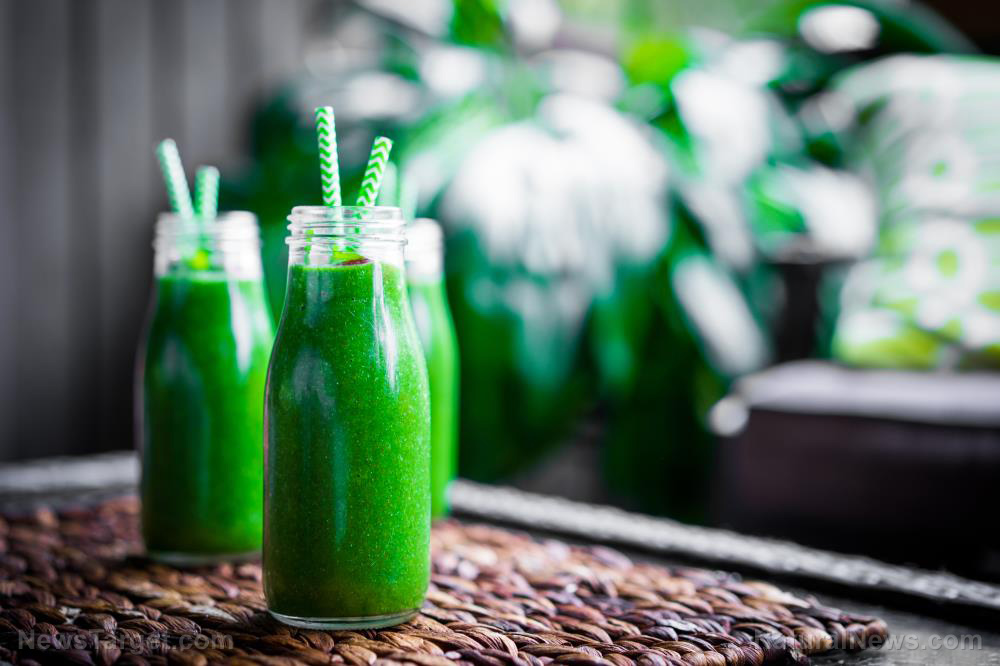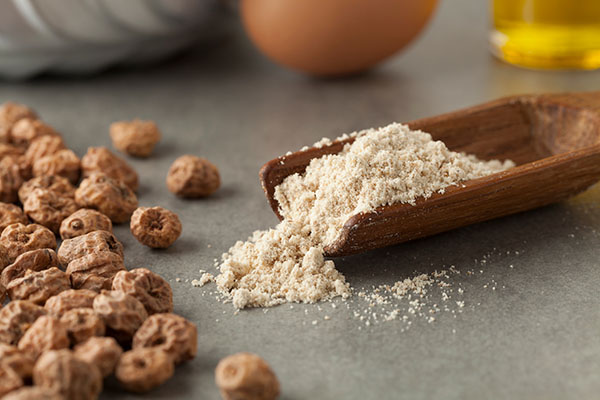
Advertisement
Chlorophyll is a pigment that makes most plants green. However, this pigment can also be found in different health products, from chlorophyll pills, energy bars and waters.
Health food enthusiasts love chlorophyll because it offers many health benefits, such as helping you lose weight. But is chlorophyll right for you?
What is chlorophyll?
Chlorophyll is essential for photosynthesis or the process that allows plants to turn sunlight into energy.
Those who use health products with chlorophyll do so because it offers the following benefits:
- Boosts metabolism
- Detoxifies the body
- Prevents bad breath, herpes and cancer
- Promotes healing
The evidence behind these claims is often anecdotal, but scientific data back some of the benefits of chlorophyll.
In a 2014 study published in the journal Appetite, researchers observed 38 overweight women who were following a weight-loss plan. Findings showed that within 12 weeks, the participants who took a chlorophyll supplement once a day lost three additional pounds (on average) compared to the other volunteers who were given a placebo.
The female participants in the chlorophyll group also experienced a greater decrease in LDL (low-density lipoprotein) or “bad” cholesterol and a reduction in their cravings for sweets.
Some studies suggest that chlorophyll may have antioxidant properties. Most of the research on chlorophyll and its potential benefits involve intravenously or topically administered chlorophyll.
Considerations when using chlorophyll products
Chlorophyll as a health supplement is not widely studied, so there is no established optimal dosage for chlorophyll products (oral).
Some studies on chlorophyll were also conducted with compounds derived from chlorophyll rather than the pigment’s whole form. So if you use products contaning chlorophyll, you may not experience the same results as when you consume chlorophyll in its natural form.
A lot of supplements on the market contain a chlorophyll derivative called chlorophyllin, which you may see on the ingredients list as sodium copper chlorophyllin. Chlorophyllin is water-soluble and can be easily absorbed by the body. Most of the studies on the potential health benefits of chlorophyll involve chlorophyllin.
Chlorophyll supplements are considered fairly safe and no toxic effects have been reported by consumers.
Here are some interactions you need to take note of:
- Chlorophyll supplements can increase your sensitivity to sunlight, so avoid taking them with medications such as antidepressants, antibiotics, antihistamines, antihypertensives and antihyperlipidemic agents.
- Chlorophyll supplements may cause side effects such as allergic reactions, digestive problems and nausea.
If you’re not used to taking chlorophyll supplements or other products that contain chlorophyll, consult your physician to check for possible drug interactions.
What kinds of food and products contain chlorophyll?
These dark green leafy vegetables, fruits and herbs all contain chlorophyll:
- Arugula
- Asparagus
- Broccoli
- Brussels sprouts
- Chard
- Cilantro
- Green apples
- Green beans
- Green bell peppers
- Green cabbage
- Kale
- Kiwi
- Mustard greens
- Parsley
- Sea vegetables (such as kelp and nori)
- Spinach
- Sugar snap peas
- Wheatgrass
If you prefer to boost your chlorophyll intake naturally, you can do so by consuming more of these fresh fruits and vegetables.
Take note that cooking chlorophyll-rich foods, particularly with longer cooking methods, may lower their chlorophyll levels. Keeping veggies in your freezer for several months may also have a similar effect.
To preserve the chlorophyll content of your greens, consume them raw or use short, light cooking methods, like low-heat sauteing or steaming.
You can buy bottled chlorophyll waters and chlorophyll supplements in the form of capsules, powders or tinctures. However, chlorophyll waters have a lower concentration of chlorophyll than chlorophyll supplements. Bottled chlorophyll water also produces more plastic waste.
For a more eco-friendly approach, you can make your own chlorophyll water using liquid tinctures. Add a couple of drops of liquid chlorophyll to a glass of water, then drink it in the morning.
When buying products, look for high-quality chlorophyll supplements that don’t use binders or fillers. If you’re new to chlorophyll products, work your way up to oral doses of 100 to 300 mg of chlorophyllin per day in three divided doses.
Another option is to take a chlorella powder supplement, which naturally contains chlorophyll and other nutrients. If you boost your chlorophyll intake with a chlorella powder, take note that the microalgae also contains vitamin K and iodine. Do not take chlorella with blood-thinning medications.
Before you try a new chlorophyll product, check the ingredients list thoroughly. Avoid products with artificial additives and potentially risky herbs or stimulants.
Boost your metabolism, detoxify with chlorophyll and eat fresh fruits and veggies to keep your body strong and healthy!
Sources:
Advertisements







